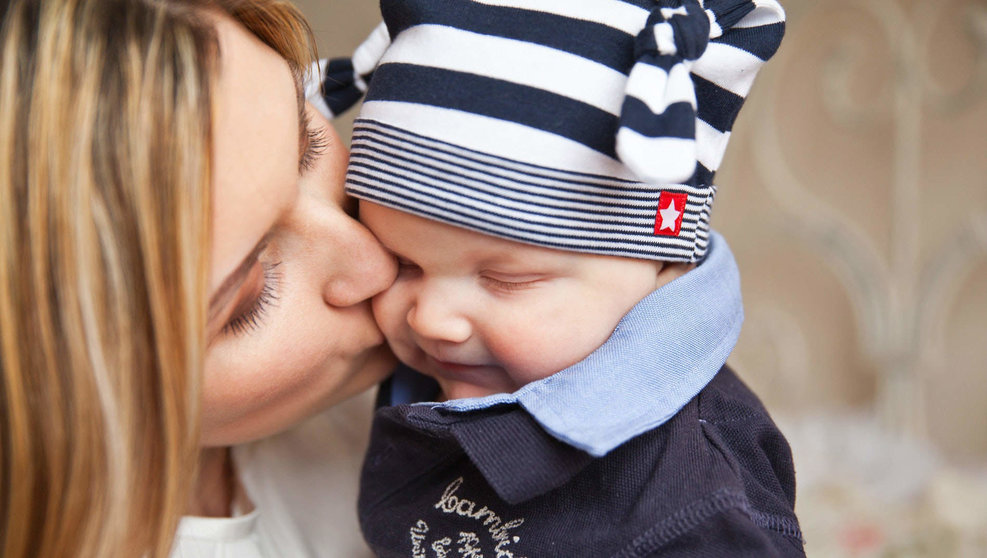In 2017, more than 95% of children in the European Union (EU) were considered to be in good or very good general health. This percentage changes only slightly by age group, from 96.5% for those aged under five, to 95.9% for those aged five to nine and 95.2% for those aged ten to fifteen.
The percentage of children whose general health was considered to be bad or very bad was under 1% for all age groups. Less than 5% of children in the EU in 2017 were considered to have limitations in activities due to health problems: 3.7% with moderate limitations and 1.2% with severe limitations.
The proportion facing each category of limitations in activity increases with age. Among those aged under five, 2.2% had moderate and 0.6% had severe limitations in activities, while for those aged five to nine the proportions were 4.1% and 1.2% respectively and 4.4% and 1.6% for those aged ten to fifteen.
These data on children’s health in the EU (reported by a household member) are issued by Eurostat, the statistical office of the European Union. They are taken from the 2017 EU-Statistics on Income and Living Conditions ad-hoc module on health and children’s health.
The healthiest, from Bulgaria, Malta, Romania and Italy
According to the figures provided by Eurostat, the percentage of children aged under five considered to be in good or very good health in 2017 ranged from 92.4% in Estonia to more than 99% in Bulgaria, Malta, Romania and Italy.
Among children aged five to nine, the proportion of those considered to be in good or very good health was lowest in Portugal (89.3%) and Latvia (91.2%) and highest in Romania (99.8%), Cyprus (98.9%), Italy (98.8%) and Greece (98.7%).
Among those aged ten to fifteen, the percentage considered to be in good or very good health varied from below 90% in Latvia (88.0%), Portugal (88.7%) and Estonia (89.6%) to above 98% in Romania (99.1%), Italy (98.4%) and Bulgaria (98.2%).
Finnish younger kids, among those with more severe limitations
In 2017, among children aged under five, the percentage considered to have severe limitations in activity due to health problems was under 1% in all Member States except the United Kingdom (1.1%), Belgium (1.4%), Finland (1.5%) and Austria (1.6%).
For moderate limitations in activity there was greater variation between Member States, ranging from less than 1% in Italy (0.2%), Cyprus (0.6%), Malta (0.7%) and Bulgaria (0.9%) to 4.9% in Denmark, 7.8% in Lithuania, 8.6% in Latvia.
For children aged five to nine, the proportion with severe limitations in activity was highest in the United Kingdom (3.7%), Denmark (2.4%), Luxembourg (2.3%) and Hungary (2.2%), and lowest in Italy and Bulgaria (both 0.3%). Moderate limitations in activity ranged from 0.2% in Italy and 0.9% in Greece to 7.9% in Finland, 8.3% in Lithuania, 8.4% in Estonia and 11.9% in Latvia.
Among those aged ten to fifteen, proportions with severe limitations in activity ranged from 0.1% in Lithuania to 2.9% in Luxembourg and 4.7% in the United Kingdom, while moderate limitations varied between 0.7% in Slovakia and 0.8% in Italy and Cyprus to 10.9% in Denmark, 11.4% in Finland and 13.5% in Latvia.
For more information and in order to compare the situation in the different countries, click HERE










